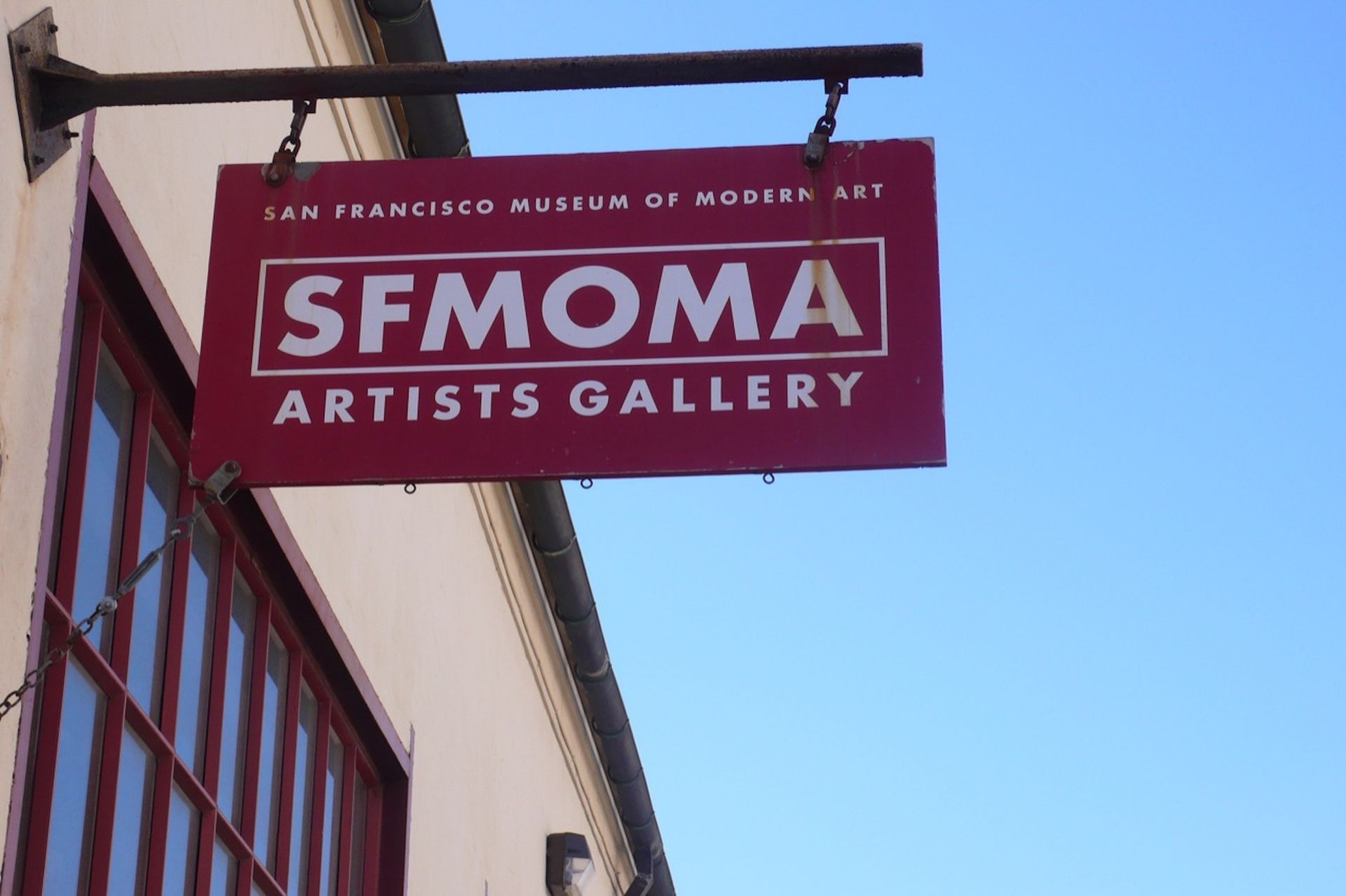The San Francisco Museum of Modern Art (SFMoMA) has laid off 20 staff members, announcing the decision in a 10 November letter to the community posted to the museum’s website. The announcement cites low attendance figures, rising costs of operation and broader economic issues in San Francisco as contributing factors in the decision. The layoffs follow recent, broad cuts to the museum’s community programming and a wider initiative to prioritise admissions and membership revenue.
In the museum’s statement on the layoffs, SFMoMA director Christopher Bedford said that “since reopening in March 2021, our fiscal year 2023 attendance was about 65% of what it was in fiscal year 2019, mirroring the reduced foot traffic in San Francisco’s downtown core”. Similar concerns regarding admissions revenue drove the museum’s August decision to raise standard adult ticket prices from $25 to $30, placing SFMoMA in league with New York’s Museum of Modern Art, Metropolitan Museum of Art, Solomon R. Guggenheim Museum and Whitney Museum of American Art, among the most expensive art museums to visit in the US. SFMoMA does not offer discounted ticket prices for San Francisco residents, but holds a four-hour free admission window on the first Thursday of each month.

In 2021, SFMoMA announced it would shutter its Artists Gallery space Photo by Max Kiesler, via Flickr
Budgetary concerns were also the stated reasoning behind SFMoMA’s July 2021 cuts to an array of community programming, including the museum’s online publication Open Space, film programme and Artists Gallery, a space for buying or renting works by Bay Area artists. While the museum stated at the time that it was discontinuing the programmes in favor of “a holistic visitor experience that attracts larger, more diverse audiences”, local artists and creatives protested the decision, claiming that it was antithetical to SFMoMA’s stated dedication to benefitting the local community.
Both the July 2021 and November 2023 statements from SFMoMA outline similar strategies to improve revenue, prioritising a pivot from community development to visitor experience, and exhibitions capable of connecting the museum to new audiences. Replacing the nearly century-old film and artist gallery programmes have been enhanced “food and beverage offerings”, and attempts at “modernising the retail strategy by investing in new product development”.
It remains to be seen whether cuts to the museum’s workforce and scope of its activities will “streamline operations” and “optimise programmatic priorities” in ways that lead to stability and growth.










